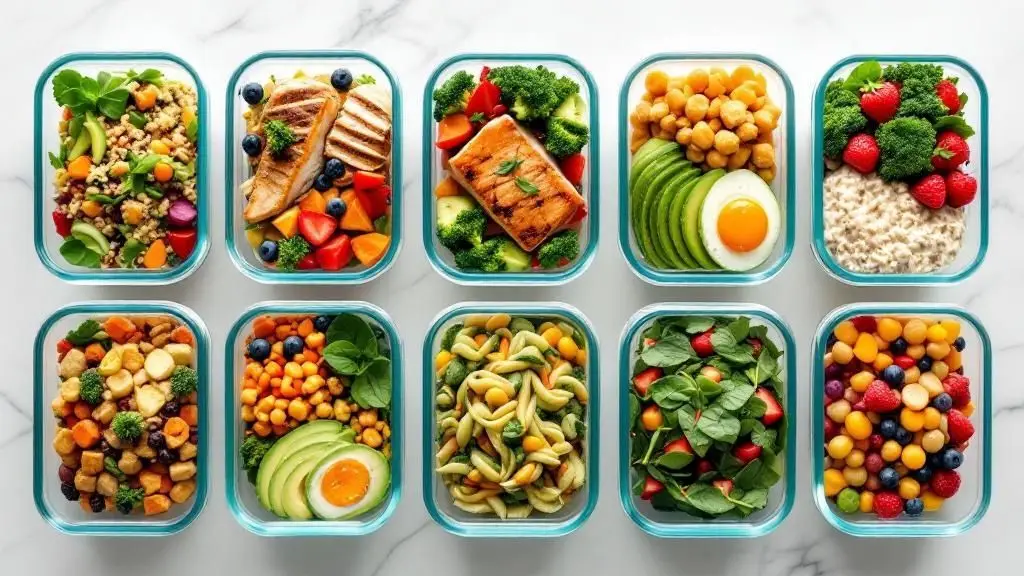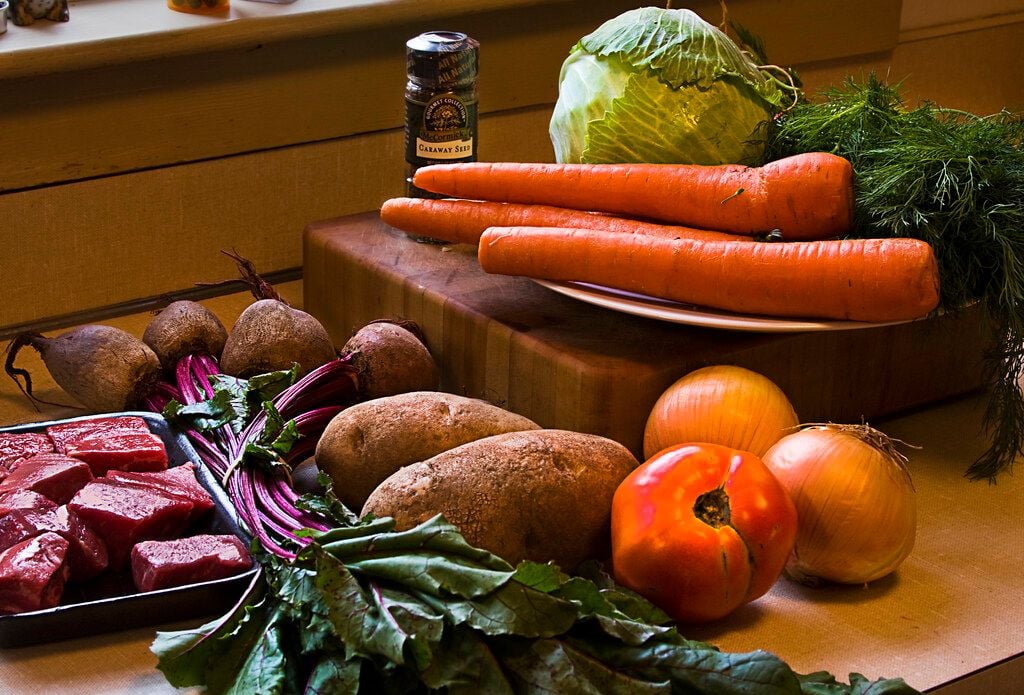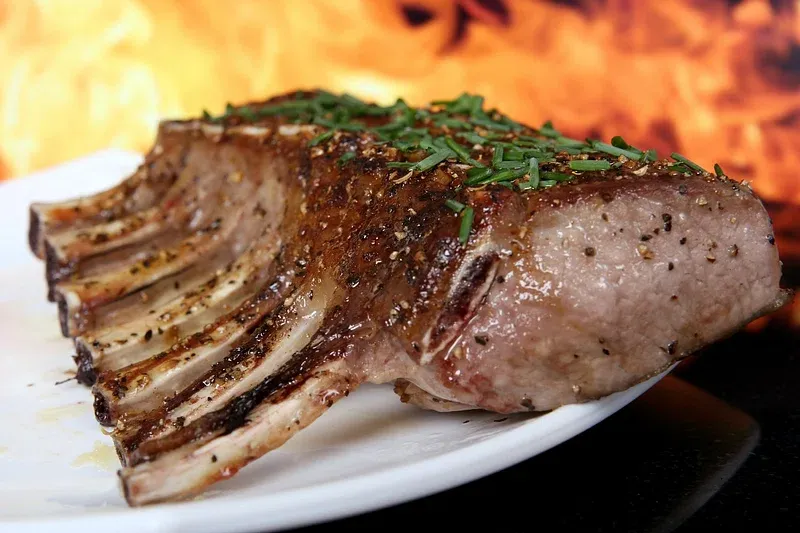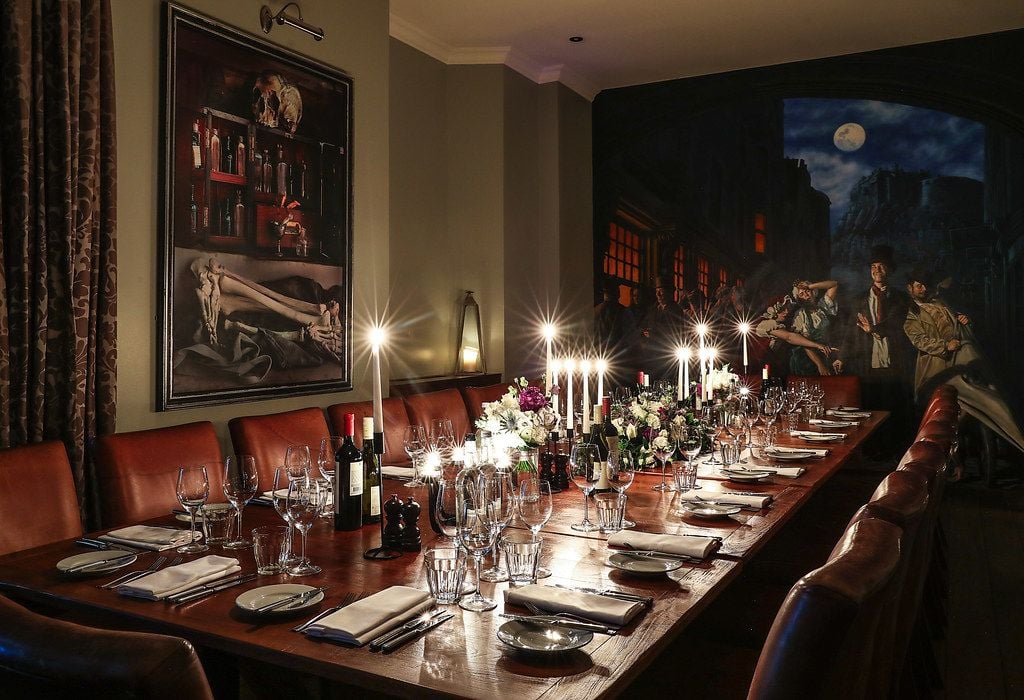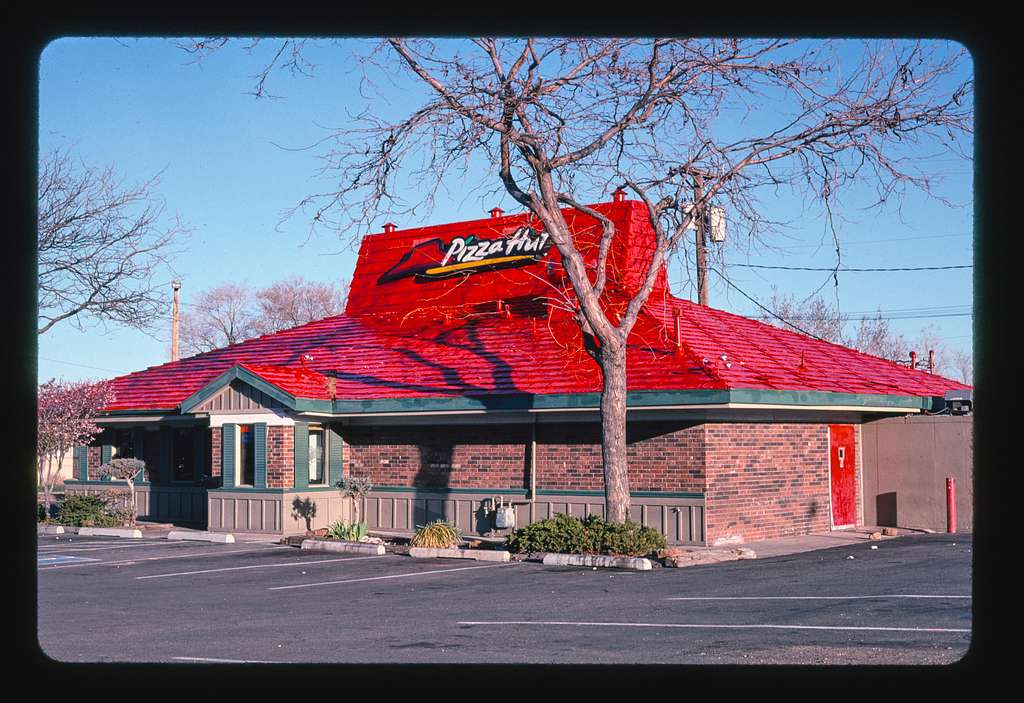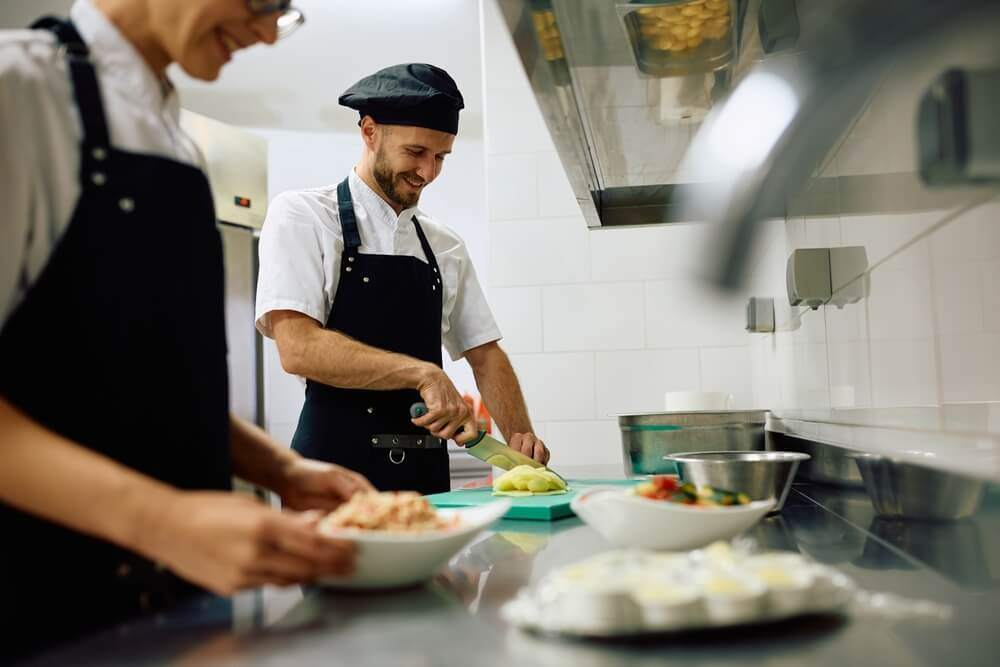
Master the Art of Homemade BBQ Ribs
- Jul 19, 2024
If the idea of homemade, perfectly smoked BBQ ribs gets your mouth watering, you'll be glad to know that you don't have to be a seasoned pitmaster to create this classic dish at home. From summer bbqs to game-day treats, BBQ ribs have proven their place as a staple in many gatherings. Yet, creating the perfect ribs isn’t as simple as throwing any cut of meat onto the flame. It's a delicate process that involves personal preferences, regionally influenced tastes, and the passing down of generations-old recipes.
When you wander into your local supermarket, you're likely to encounter three styles of pork ribs: baby back ribs, spare ribs, and St. Louis-style ribs. The variety of ribs you choose will have a significant impact on the flavor and texture of your dish. Baby back ribs, typically served in well-known, fast-casual chain restaurants and at serious barbecue competitions, are delectably tender, meaty, and small in size. Spare ribs are meatier and larger but prove to be quite delicious with the proper preparation. St. Louis-style ribs, larger, meatier, and fattier, are a trimmed version of spare ribs, offering a more robust flavor.
In addition to pork, beef ribs also offer a unique flavor for your BBQ plate. Beef ribs come in back ribs and short ribs, which are split into two categories: chuck and plate short ribs. Chuck ribs are meaty and flat, while plate ribs, given their proximity to the brisket, have about 2-inches of meat on top, earning them the nickname “brisket on a stick.”
Upon securing your preferred rib type, the preparation process begins. First, you must remove the membrane from the ribs' back. After the membrane is removed, the ribs are ready to be seasoned. A mixture of mustard or oil, salt, and pepper or a seasoning blend adds the first layer of flavor to your dish. After seasoning, the ribs should sit in the refrigerator for a couple of hours before heading to the smoker or grill.
John Vergos, a second-generation owner of The Rendezvous in Memphis, recommends grilling ribs over a charcoal fire. Charcoal offers a classic smoky barbecue flavor, and by adding hardwood like hickory or pecan onto the coals, you can infuse your ribs with an even smokier flavor.
The 3:2:1 method is a popular and consistent smoking process, involving smoking the ribs for three hours, then cooking them for an additional two hours before finishing them off with sauce and another hour on the grill. This method tenderizes the meat and imbues it with a rich flavor. If you prefer a rib with a bit more bite, try cooking them quicker and at a higher temperature, as recommended by World championship pitmaster and owner of Heath Riles BBQ, Heath Riles.
Once your ribs are perfectly cooked to your liking, it's time to pick your sauce level. For those who enjoy a dry rib, no extra sauce is necessary. For a sticky, saucy rib, slathering the rib in barbecue sauce before serving will give you the “wet” ribs you crave. The most daring might even try a “muddy” rib, covered in sauce and finished with a spice mixture.
All in all, perfecting BBQ ribs at home is an enjoyable endeavor. The rich flavors and mouthwatering delicacy they offer prove to be worth the time and effort spent. And besides, the act of grilling itself is often part of the fun. Here's to a summer filled with perfectly smoked, homemade ribs.

